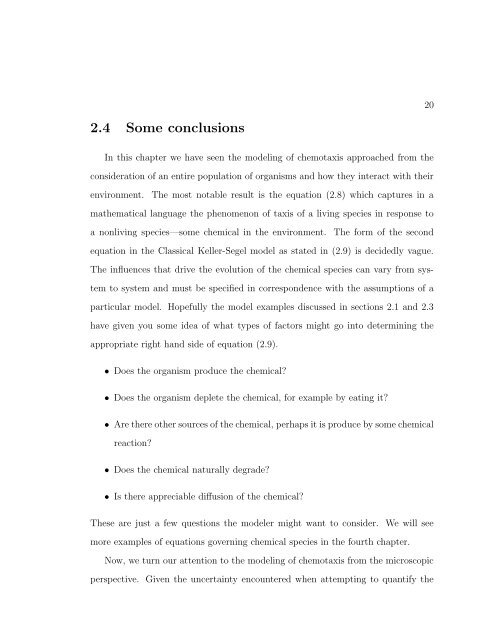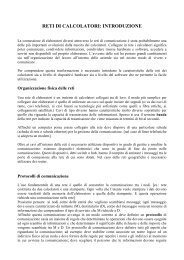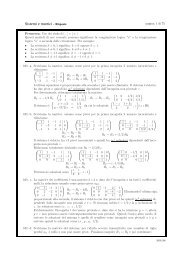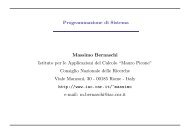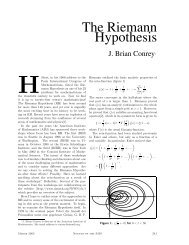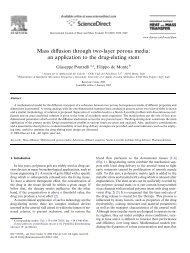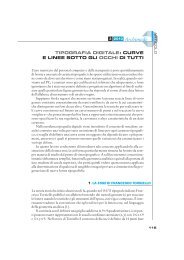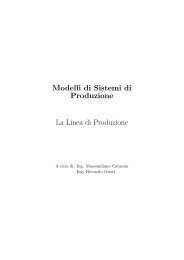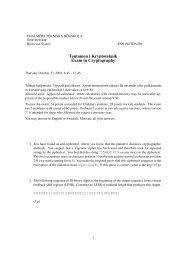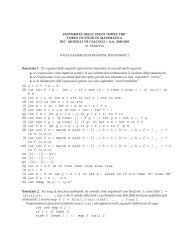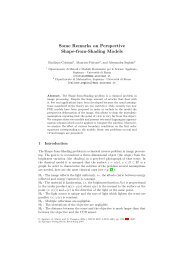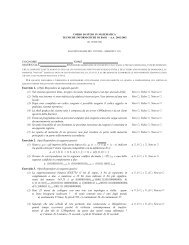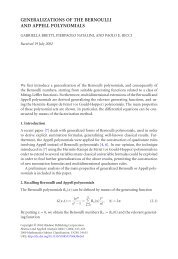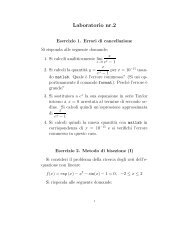A SHORT COURSE IN THE MODELING OF CHEMOTAXIS
A SHORT COURSE IN THE MODELING OF CHEMOTAXIS
A SHORT COURSE IN THE MODELING OF CHEMOTAXIS
Create successful ePaper yourself
Turn your PDF publications into a flip-book with our unique Google optimized e-Paper software.
2.4 Some conclusions<br />
In this chapter we have seen the modeling of chemotaxis approached from the<br />
consideration of an entire population of organisms and how they interact with their<br />
environment. The most notable result is the equation (2.8) which captures in a<br />
mathematical language the phenomenon of taxis of a living species in response to<br />
a nonliving species—some chemical in the environment. The form of the second<br />
equation in the Classical Keller-Segel model as stated in (2.9) is decidedly vague.<br />
The influences that drive the evolution of the chemical species can vary from sys-<br />
tem to system and must be specified in correspondence with the assumptions of a<br />
particular model. Hopefully the model examples discussed in sections 2.1 and 2.3<br />
have given you some idea of what types of factors might go into determining the<br />
appropriate right hand side of equation (2.9).<br />
• Does the organism produce the chemical?<br />
• Does the organism deplete the chemical, for example by eating it?<br />
• Are there other sources of the chemical, perhaps it is produce by some chemical<br />
reaction?<br />
• Does the chemical naturally degrade?<br />
• Is there appreciable diffusion of the chemical?<br />
These are just a few questions the modeler might want to consider. We will see<br />
more examples of equations governing chemical species in the fourth chapter.<br />
Now, we turn our attention to the modeling of chemotaxis from the microscopic<br />
perspective. Given the uncertainty encountered when attempting to quantify the<br />
20


